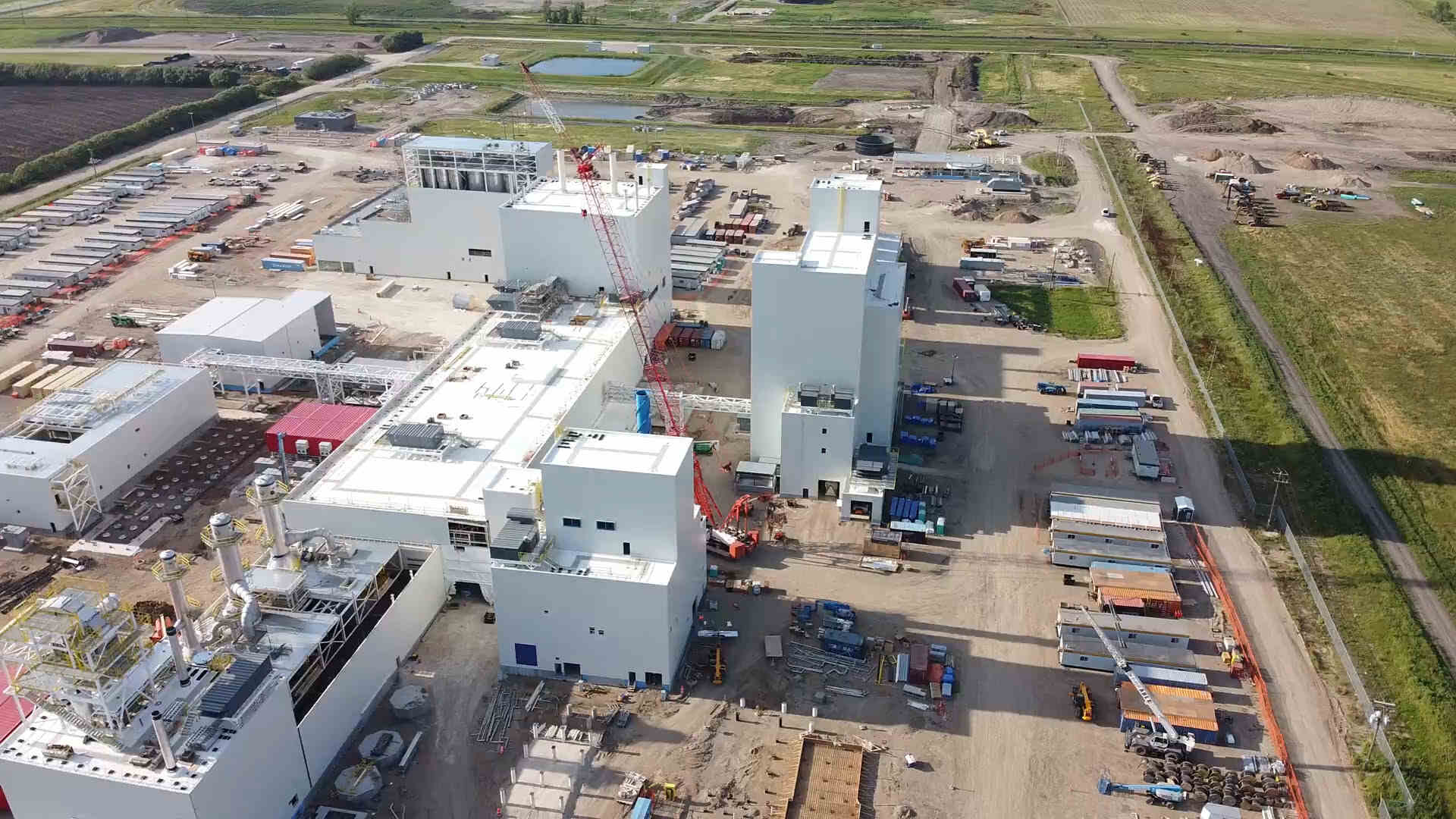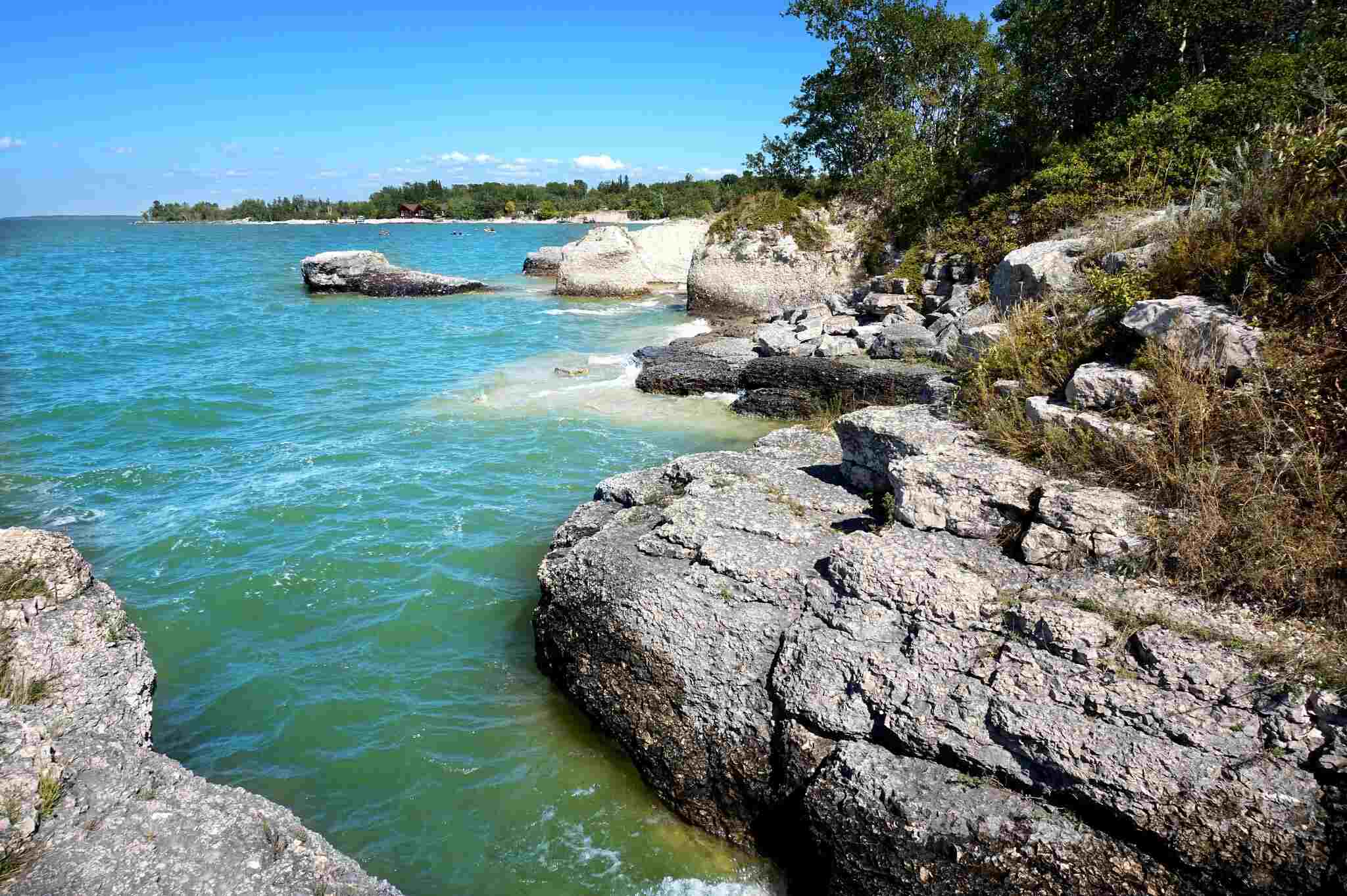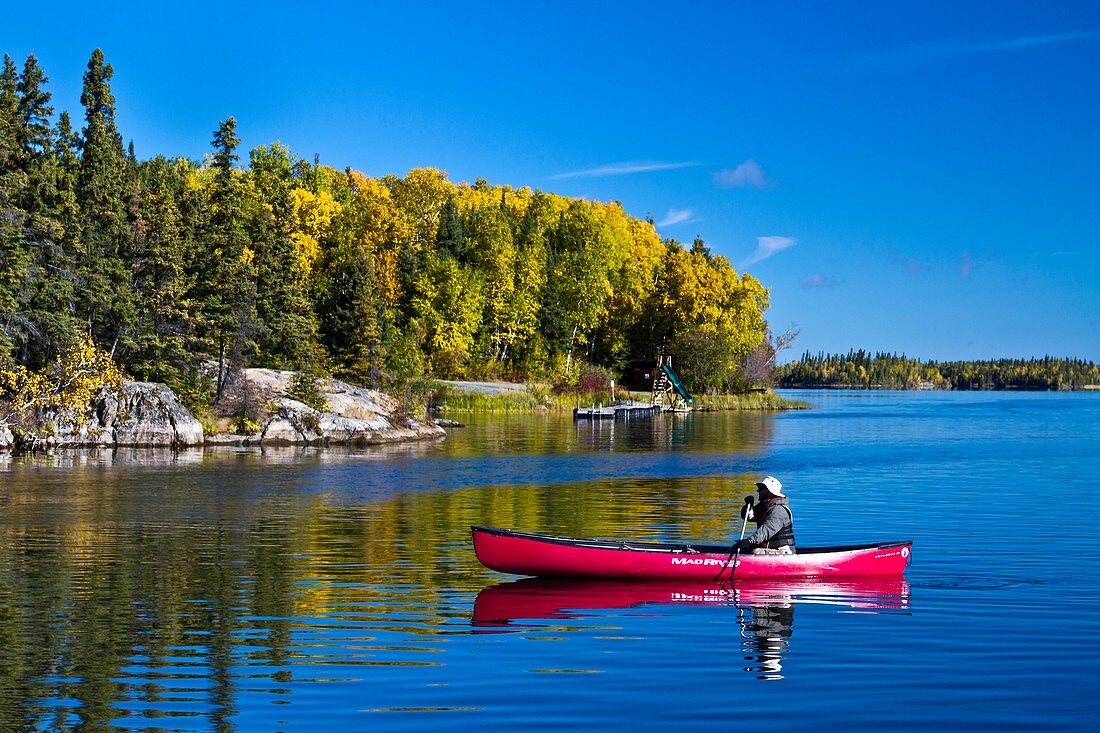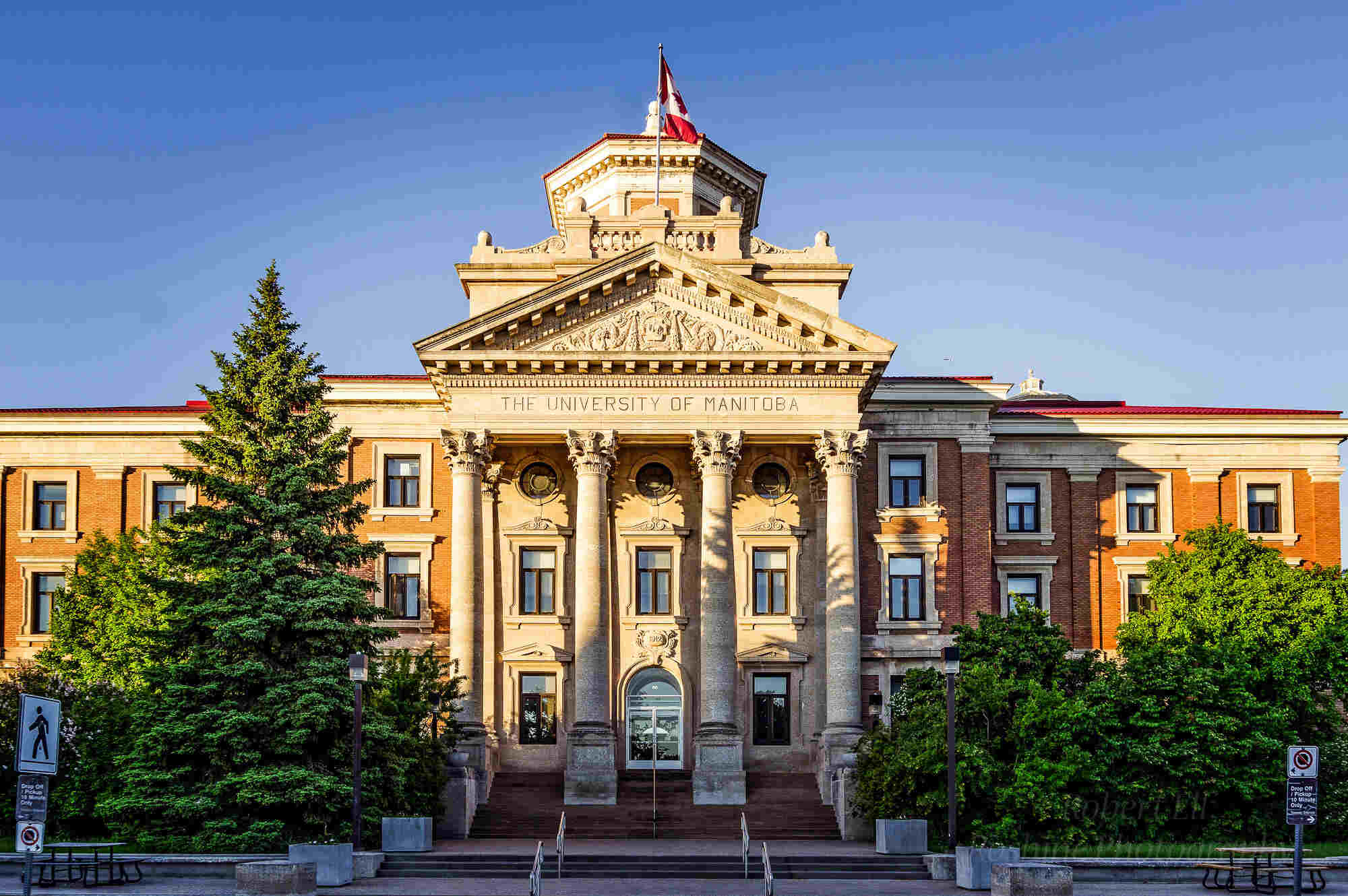- +1 866 773 7452
- info@immigrationexpress.org
- 666 Burrard St, Vancouver, BC V6C 2X8, Canada
We will strive to meet all your business necessities and plans. You can rely on easy accessibility to our qualified staff and prompt solutions to your problems.
Manitoba is a province located in the heart of Canada, known for its vast prairies and extensive lakes, including Lake Winnipeg, one of the largest freshwater lakes in the world. The capital city, Winnipeg, is a cultural and economic hub, famous for its historic Forks district and vibrant arts scene. Manitoba is rich in natural beauty, featuring diverse wildlife and outdoor activities, from hiking and fishing to winter sports. The province is also recognized for its multicultural population and strong Indigenous heritage, contributing to its unique cultural landscape.

Manitoba, a central province in Canada, is characterized by its diverse landscapes ranging from expansive prairies and dense forests to pristine lakes and rivers. One of its most notable features is Lake Winnipeg, one of the world’s largest freshwater lakes.
The province experiences a continental climate with cold winters and warm summers, making it an ideal location for various outdoor activities year-round. Its natural parks, such as Riding Mountain National Park and Whiteshell Provincial Park, offer stunning scenery and opportunities for camping, hiking, and wildlife observation.
Manitoba boasts a rich cultural heritage, deeply influenced by its Indigenous communities and a mosaic of immigrant populations. The province celebrates this diversity through numerous cultural festivals, museums, and artistic institutions. Winnipeg is home to the Canadian Museum for Human Rights, which highlights the country’s commitment to social justice
Manitoba is located in the central part of Canada. It is bordered by Ontario to the east, Saskatchewan to the west, and the U.S. states of North Dakota and Minnesota to the south. To the north, it extends into the Arctic tundra, bordering Nunavut and the Hudson Bay. Its central location makes it a key region for transportation and trade within Canada.

Manitoba’s economy is diverse and robust, supported by various key sectors. Agriculture plays a significant role, with the province being a major producer of wheat, canola, barley, and livestock. The fertile soils of the Red River Valley and other agricultural regions are ideal for crop farming and animal husbandry.
Manufacturing is another critical component, with Winnipeg serving as the industrial heart of the province. The city hosts a range of industries including food processing, aerospace, machinery, and transportation equipment. Notably, Winnipeg is home to the largest aerospace sector in Western Canada, with companies like Boeing and Magellan Aerospace operating significant facilities there.
Natural resources also contribute substantially to Manitoba’s economy. The province is rich in minerals, with mining activities focused on nickel, copper, gold, and zinc. The hydroelectric power sector is another cornerstone, leveraging the province’s abundant water resources. Manitoba Hydro, a major utility company, exports electricity to neighboring provinces and the United States, generating significant revenue.
Additionally, the service sector, including healthcare, education, retail, and finance, is a major employer in the province. Winnipeg’s financial sector is well-developed, hosting several national and regional banks. The technology and innovation sectors are growing rapidly, supported by initiatives to foster startups and research-driven enterprises.
Tourism also contributes to the economy, with visitors attracted to Manitoba’s natural beauty, cultural festivals, and historic sites. From exploring the wilderness in national parks to experiencing the vibrant cultural scene in Winnipeg, tourism supports local businesses and communities across the province.

Manitoba experiences a continental climate characterized by distinct seasons, with significant variations in temperature throughout the year.
Summers in Manitoba are generally warm and can be quite hot, particularly in southern regions like Winnipeg. Average daytime temperatures in July, the warmest month, range from 25°C to 30°C (77°F to 86°F), but can occasionally exceed 35°C (95°F). The long daylight hours and ample sunshine make it a prime time for outdoor activities.
Winters are cold and snowy, especially in the northern parts of the province. January, the coldest month, sees average temperatures ranging from -10°C to -20°C (14°F to -4°F) in the south and can drop below -30°C (-22°F) in the north. Wind chill can make it feel even colder, and snowfall is common, contributing to significant snow cover.
Spring and autumn are transitional seasons with milder and more variable weather. Spring temperatures gradually rise from March to May, with melting snow and budding vegetation. Autumn sees cooling temperatures from September to November, with colorful foliage and harvest activities. Both seasons can experience sudden changes in weather, including occasional frost in early spring or late autumn.
Precipitation varies across the province, with southern regions receiving more rainfall, particularly during summer thunderstorms. Annual precipitation ranges from about 400 to 700 millimeters (16 to 28 inches), with northern regions receiving less. Snowfall is significant in winter, contributing to the overall precipitation totals.
Overall, Manitoba’s climate supports a range of activities throughout the year, from summer festivals and farming to winter sports and wildlife observation.

The cost of living in Manitoba, particularly in Winnipeg, is generally considered more affordable compared to other major Canadian cities. Here’s a breakdown of typical expenses:
Buying:
These prices provide a general sense of the cost of living in Manitoba, but actual expenses can vary depending on personal lifestyle and specific circumstances.
Manitoba is a central Canadian province known for its diverse landscapes and vibrant cultural scene. It is home to several key cities, each with its unique characteristics and attractions.
Winnipeg, the capital and largest city of Manitoba, is a cultural and economic hub. It boasts a rich arts scene, with institutions like the Royal Manitoba Theatre Centre and the Winnipeg Symphony Orchestra. The historic Forks district offers shopping, dining, and entertainment, while the Canadian Museum for Human Rights is a landmark attraction. Winnipeg’s diverse population and annual festivals, such as Folklorama, celebrate the city’s multicultural heritage.
Brandon, Manitoba’s second-largest city, is often referred to as the “Wheat City” due to its strong agricultural roots. It hosts the annual Royal Manitoba Winter Fair, one of Canada’s largest agricultural events. Brandon University contributes to the city’s vibrant academic and cultural life. The city offers various recreational opportunities, including parks, trails, and the scenic Assiniboine River.
Thompson, known as the “Hub of the North,” serves as a major service center for northern Manitoba. It is a key mining community, with significant nickel mining operations. The city is surrounded by boreal forest, making it a gateway for outdoor adventures such as hiking, fishing, and wildlife viewing. Thompson also features the Heritage North Museum, which showcases the area’s history and Indigenous culture.

Manitoba offers a wide range of activities and attractions for visitors and residents alike, highlighting its natural beauty, cultural richness, and vibrant urban centers. Here are some of the top things to do in Manitoba:
Located in Winnipeg, The Forks is a historic site and popular gathering place where the Red and Assiniboine rivers meet. It features a bustling market, shops, restaurants, and year-round events. In winter, visitors can skate on the river trail, while in summer, they can enjoy outdoor concerts and festivals.
Also in Winnipeg, this museum is a striking architectural landmark dedicated to the exploration and education of human rights issues. It offers thought-provoking exhibits and interactive displays that encourage visitors to reflect on global and historical human rights challenges.
This national park is a haven for nature lovers, offering diverse landscapes that include forests, lakes, and grasslands. Visitors can hike, bike, camp, and spot wildlife such as bison, elk, and black bears. In winter, the park is perfect for cross-country skiing and snowshoeing.
Churchill, located on the shores of Hudson Bay, is known as the “Polar Bear Capital of the World.” Visitors can embark on guided tours to see polar bears in their natural habitat. The town is also a prime location for viewing the Northern Lights, particularly in winter.
Situated in Winnipeg, the Manitoba Museum offers a comprehensive look at the province’s history and natural environment. Highlights include a full-size replica of the Nonsuch, a 17th-century sailing ship, and the Urban Gallery, which recreates Winnipeg’s streets in the 1920s.
Located within Riding Mountain National Park, Clear Lake is a popular summer destination. Visitors can swim, boat, fish, and enjoy the sandy beaches. The nearby town of Wasagaming offers charming shops, restaurants, and accommodations.
This annual festival in Winnipeg celebrates the city’s multicultural heritage with performances, food, and exhibits from various cultural communities. It’s the largest and longest-running multicultural festival in the world, offering visitors a chance to experience global cultures.
This park is renowned for its scenic beauty, featuring pristine lakes, forests, and granite ridges. Activities include canoeing, hiking, fishing, and camping. The park is also home to Indigenous petroforms—rock formations that hold historical and cultural significance.
Held annually in Birds Hill Provincial Park, this festival attracts music lovers from around the world. It features performances by folk and indie artists, as well as workshops, artisan markets, and family-friendly activities.
Located in Winnipeg, Assiniboine Park is a major urban green space offering gardens, walking trails, and picnic areas. The zoo is home to a diverse range of animals, including polar bears, and features the Journey to Churchill exhibit, which educates visitors about Arctic species and conservation efforts.
Manitoba’s demographic profile reflects its diverse and multicultural population, shaped by Indigenous communities, European settlers, and immigrants from around the world. Here’s an overview:
Indigenous peoples, including First Nations, Métis, and Inuit, constitute a significant portion of Manitoba’s population. There are over 200 First Nations communities in the province, each with its distinct cultural traditions and languages. The Métis, with a strong presence in Manitoba, have played a pivotal role in the province’s history and continue to contribute to its cultural fabric.
European settlers, primarily of British and French descent, have historically shaped Manitoba’s demographic landscape. Over time, the province has welcomed immigrants from diverse backgrounds, including Ukrainian, German, Polish, Filipino, Chinese, and South Asian communities. Winnipeg, in particular, is known for its multiculturalism, with various ethnic neighborhoods and cultural festivals celebrating this diversity.
Most of Manitoba’s population resides in urban centers, with Winnipeg being the largest city and economic hub. Brandon and Thompson are other notable urban areas, each contributing uniquely to the province’s economy and cultural scene. Rural areas, especially in the northern and eastern regions, are home to smaller communities and play a crucial role in agriculture, forestry, and mining.
Manitoba has a balanced age distribution, with a mix of young families, working-age adults, and retirees. The province’s healthcare and education systems cater to diverse needs, ensuring quality services across different age groups. Immigration continues to influence Manitoba’s demographics, contributing to its economic growth and cultural vibrancy.
Overall, Manitoba’s demographic makeup underscores its status as a welcoming and inclusive province, where diverse cultures, traditions, and histories converge to enrich its social fabric and community life.

Education in Manitoba is governed by a comprehensive system that supports students from early childhood through to post-secondary education. Here’s an overview of the education system in Manitoba:
Manitoba offers various early childhood education programs, including licensed childcare centers, nursery schools, and kindergarten. These programs focus on fostering early development and preparing children for primary education.
Primary and secondary education in Manitoba follows a structured curriculum designed to meet provincial standards. Students typically attend elementary school (grades K-6) and middle school (grades 7-9) before transitioning to high school (grades 10-12). The curriculum emphasizes core subjects such as English, mathematics, science, social studies, and physical education. French immersion programs are also available, promoting bilingualism.
Manitoba boasts several post-secondary institutions that offer a range of academic and vocational programs. The University of Manitoba and the University of Winnipeg are the province’s largest universities, offering undergraduate and graduate degrees in various fields. Other institutions, such as Brandon University and Université de Saint-Boniface, provide additional academic opportunities. Red River College and Assiniboine Community College offer diploma and certificate programs focused on practical skills and career readiness.
Manitoba is committed to Indigenous education, recognizing the cultural significance and contributions of First Nations, Métis, and Inuit peoples. Efforts include incorporating Indigenous perspectives into the curriculum, supporting Indigenous language revitalization, and offering programs that cater to Indigenous students’ needs.
Education in Manitoba is overseen by the Manitoba Department of Education and Early Childhood Learning. The department sets educational policies, standards, and curriculum guidelines to ensure quality education for all students. School boards, both English and French, operate within the framework set by provincial legislation and play a vital role in local education governance.
Overall, Manitoba’s education system strives to provide inclusive, accessible, and high-quality education that prepares students for future success, whether pursuing higher education or entering the workforce.
Experience the rich Aboriginal heritage in locations like Mungo National Park, or explore the historic convict sites in Port Arthur. With a blend of urban excitement, natural beauty, and cultural richness, New South Wales promises an unforgettable travel experience.
Keep searching around our data base as to see anything as target destionation to load. We can assist you when you choose to immigrate to Queensland. We are offering professional consulting advice to help enhance your destination.
Complete our simple contact form and get in contact with one of our trusted immigration consultants that will help you make a decision.

es. Australia actively encourages international investors, and Queensland offers pathways for business investment through various visa programs. Queensland may have specific investor or business migration streams that provide opportunities for individuals looking to invest in the state and contribute to its economic growth.
Yes. All international students planning to study in Australia, including Queensland, need a student visa. The visa application process involves meeting eligibility criteria, including enrollment in a registered course and financial capacity to cover living expenses and tuition fees. More information about student visas for Australia can be found on the official website of the Australian Department of Home Affairs.
Securing a job in Queensland depends on factors such as your occupation, skills, and the job market in the region. The general process for applying for jobs in Australia can enhance your prospects. You may need to have your qualifications recognized, update your resume to Australian standards, and understand the job application process. Queensland’s job market and available positions can be explored through online job portals, networking, and contacting potential employers directly. Learn more about the process of applying for jobs in Australia to enhance your chances of finding employment in Queensland.
Send us CV for Job Review
©2020. Canadian Immigration Express. All Rights Reserved.